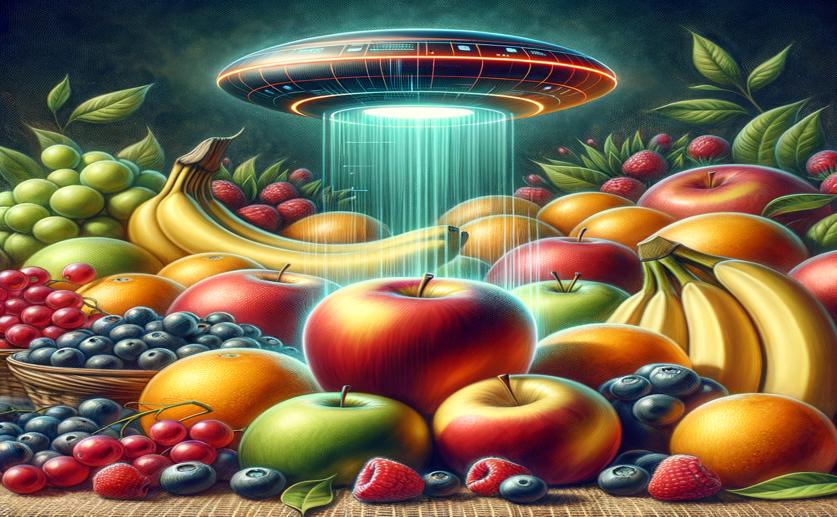
Assessing Trace Elements in Market Fruits Using Advanced Detection Methods
Jenn Hoskins
6th August, 2024

Image Source: Natural Science News, 2024
Key Findings
- The study by Tehran University of Medical Sciences analyzed 19 trace elements in commonly consumed Iranian fruits
- Aluminum was the most abundant element found, while vanadium was the least, and mercury and antimony were not detected
- The study found higher concentrations of trace elements in the peels compared to the pulps of the fruits
- Health risk assessments indicated no significant non-carcinogenic or carcinogenic risks from consuming these fruits
References
Main Study
1) Determination of trace elements content of fruits from Tehran's market using ICP- OES method: a risk assessment study.
Published 5th August, 2024
https://doi.org/10.1007/s10661-024-12972-w
Related Studies
2) Bioactive Substances, Heavy Metals, and Antioxidant Activity in Whole Fruit, Peel, and Pulp of Citrus Fruits.
3) Heavy Metals and Pesticides Toxicity in Agricultural Soil and Plants: Ecological Risks and Human Health Implications.
4) Heavy metals in biological samples of cancer patients: a systematic literature review.



 6th July, 2024 | Jim Crocker
6th July, 2024 | Jim Crocker